dataset
Type of resources
Available actions
Topics
INSPIRE themes
Keywords
Contact for the resource
Provided by
Years
Formats
Representation types
Update frequencies
status
Service types
Scale
Resolution
-

Localisation des maisons du parc et des centres d'information
-

Limite de l'aire optimale d'adhésion du Parc national des Ecrins. Couche générée par fusion des communes (IGN bd topo fev 2013).
-
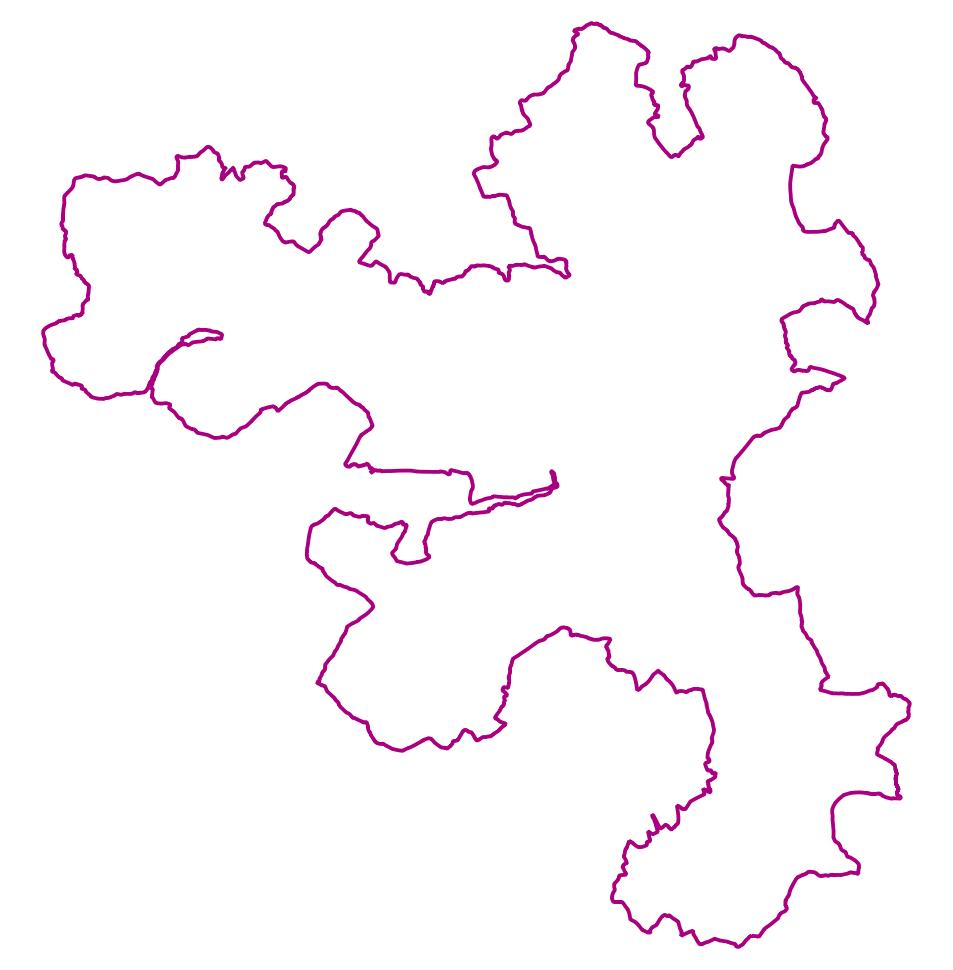
Limite du cœur du Parc national des Écrins. Cette couche ne présente pas de valeur juridique. La liste des parcelles annexée au décret de création du Parc national permet de définir les parcelles incluses dans le cœur du parc national.
-
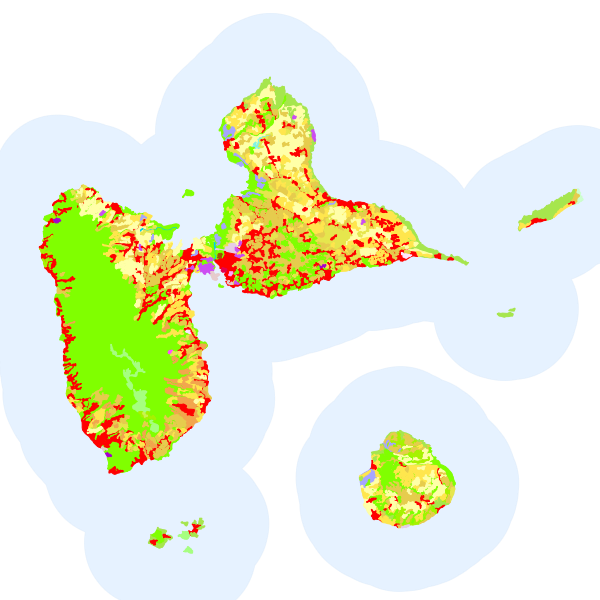
La base de données géographique CORINE Land Cover (CLC) est un inventaire biophysique de l'occupation des terres. Il est produit dans le cadre du programme européen d'observation de la terre Copernicus (39 États européens). Données de référence, CORINE Land Cover est issue de l'interprétation visuelle d'images satellitaires et est disponible pour les années suivantes : 1990, 2000, 2006, 2012 et 2018. Ces bases d'état sont accompagnées par les bases des changements 1990-2000, 2000-2006 et 2006-2012 (données sur les portions du territoire ayant changé d'occupation des sols).
-
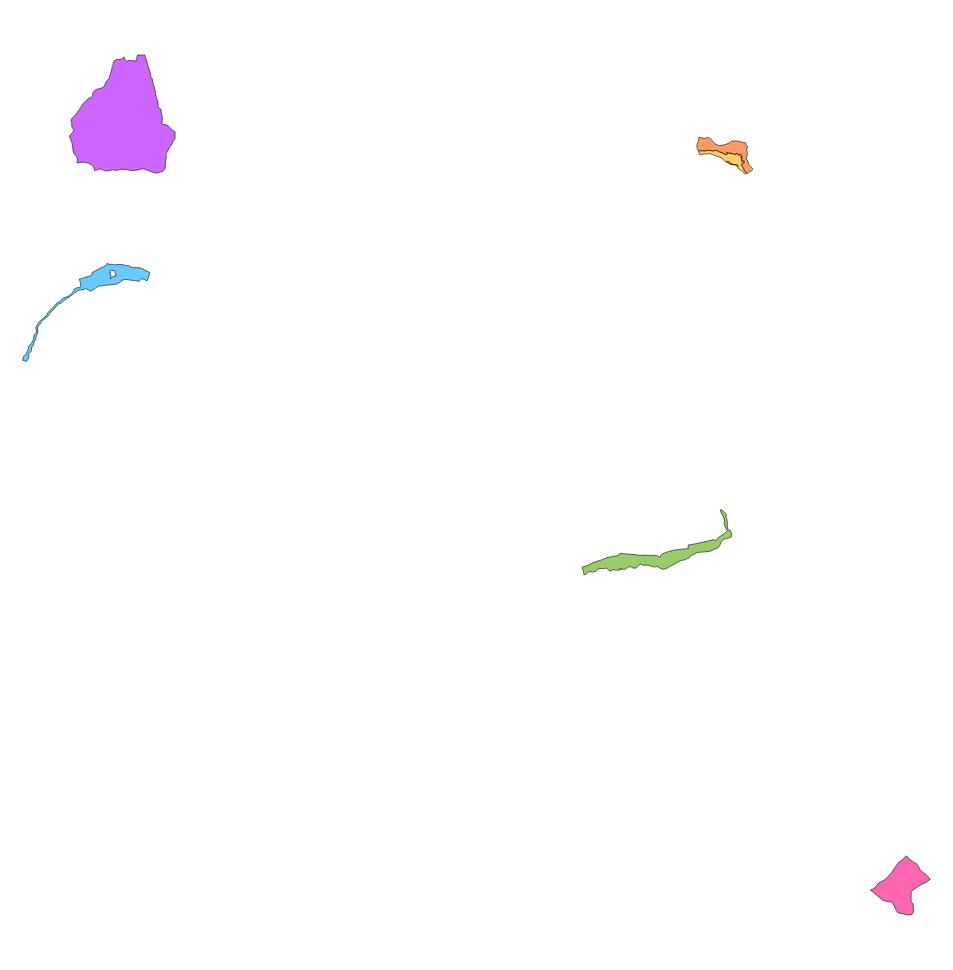
Limite des réserves naturelles nationales gérées par Parc national des Ecrins par délégation des préfectures 05 et 38. Attention : cette couche ne présente pas de valeur juridique. Seule la liste des parcelles inscrites au décret de création des réserves permet de définir la limite exacte des réserves.
-
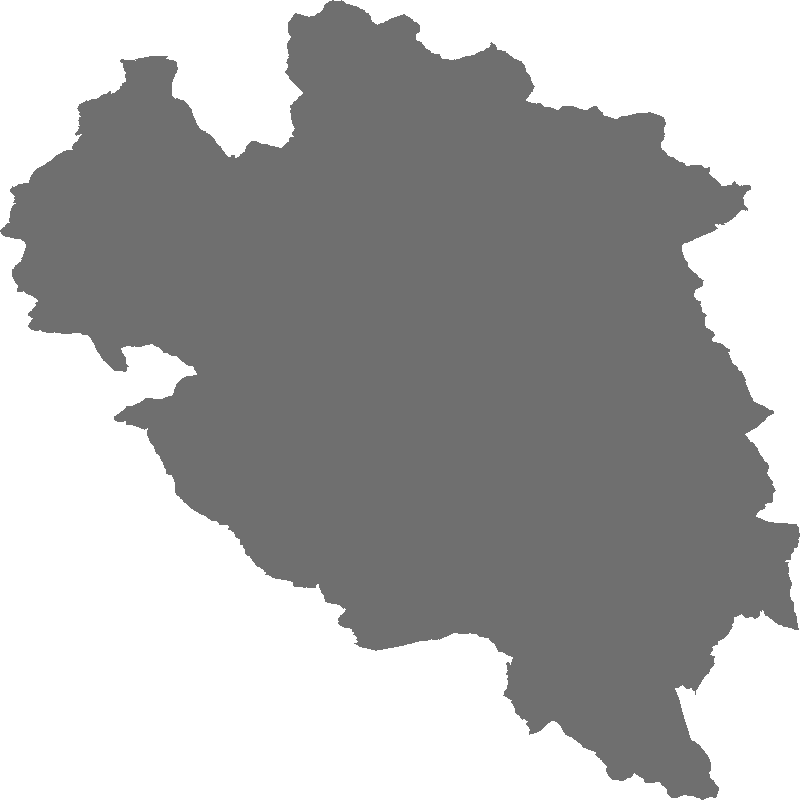
Couche issue du traitement DELPHINE par le CBNA pour définir l'habitat dominant de chaque polygone. Se reporter au document "Métadonnées habitats.doc" du CBNA pour la description fine. Voir la synthèse sur http://www.ecrins-parcnational.fr/breve/latlas-delphine-est-en-ligne Inventaire terrain réalisé entre 1995 et 2003.
-
Synthèse des observations de faune et de flore réalisées par les agents du Parc national des Ecrins depuis sa création en 1973. Mise à jour continue à partir des différents protocoles d'inventaire et de suivi de la faune et de la flore. Cette synthèse agglomère l'ensemble des observations depuis différents protocoles, en ne gardant que leur tronc commun (Observateurs / Date / Taxon - espèce, basé sur le référence national Taxref du MNHN / Localisation XY / Altitude / Protocole source / Jeu de données / Commune / Organisme producteur de la donnée / Critère d'observation).
-
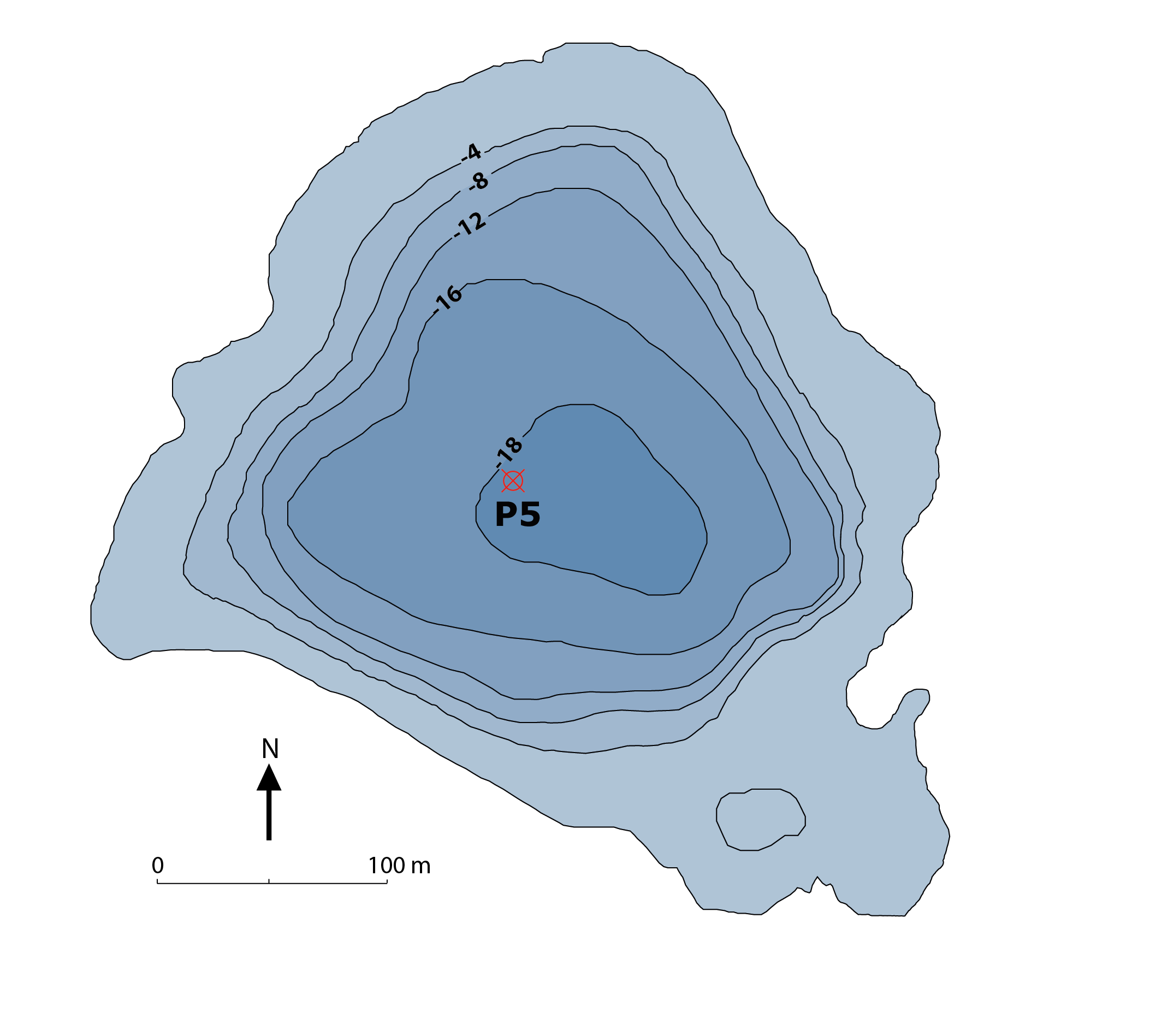
Mountain lakes are often situated in protected natural areas, a feature that leads to their role as sentinels of global environmental change. The data contain modelling of bathymetry measured for GIS (Shape) in Lake Muzelle in the Massif des Ecrins (WGS84). LTER - ZA - RZA Zone Atelier Alpes ZAA
-

Mountain lakes are often situated in protected natural areas, a feature that leads to their role as sentinels of global environmental change. The data contain several files of various formats (text, shape, grid) of bathymetry measured in Lake Muzelle in the Massif des Ecrins, distributed in the three corresponding forms. LTER - ZA - RZA Zone Atelier Alpes ZAA
-

Mountain lakes are often situated in protected natural areas, a feature that leads to their role as sentinels of global environmental change. The data contain the grid data of bathymetry measured in Lake Muzelle in the Massif des Ecrins (WGS 84). LTER - ZA - RZA Zone Atelier Alpes ZAA
 Catalogues des Parcs Nationaux
Catalogues des Parcs Nationaux